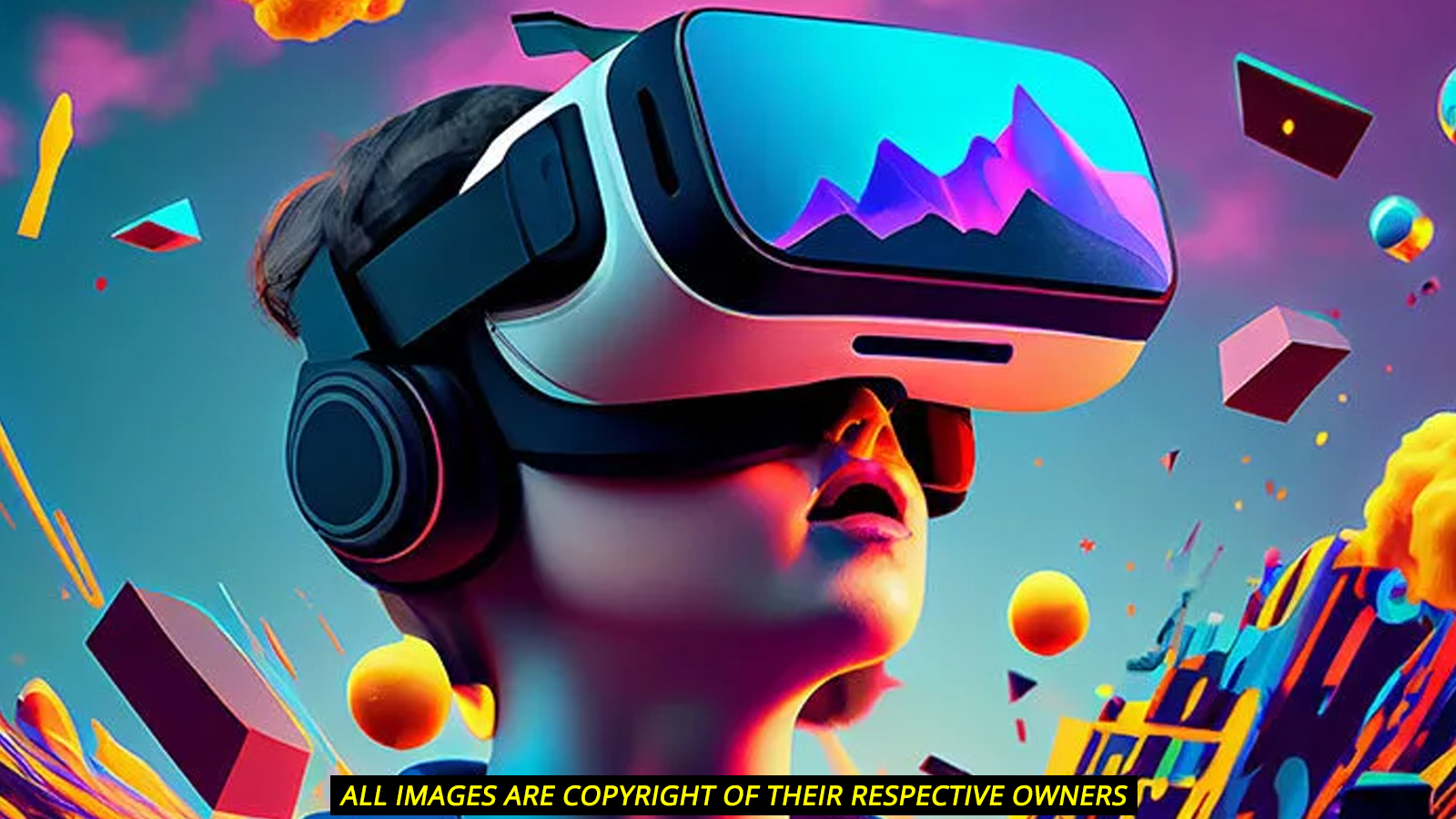
A 360-Degree Perspective: Stitching for Virtual Photography (VP) and Virtual Reality (VR)
Virtual photography (VP) and virtual reality (VR) have revolutionized the way we experience digital content. They immerse us in worlds that appear three-dimensional, creating a sense of presence that can be awe-inspiring. One key element that makes these immersive experiences possible is 360-degree stitching. In this blog post, we will explore the fascinating world of 360-degree stitching and its vital role in crafting captivating VP and VR experiences.
Understanding 360-Degree Stitching:
360-degree stitching is a complex and highly technical process that involves seamlessly combining multiple images or video streams to create a panoramic view, often covering the entire field of vision. Here’s how it works:


- Capturing Multiple Perspectives:
- To achieve a 360-degree view, several cameras or lenses are strategically placed to capture different angles simultaneously. These images can be still photographs or video frames.
- Stitching Software:
- Specialized stitching software is used to analyze the images or frames, align them correctly, and blend them together seamlessly. This creates the illusion of a continuous panoramic view.
- Post-Processing:
- After stitching, additional post-processing may be required to correct any imperfections, such as alignment errors or color discrepancies.
Applications in VP and VR:
360-degree stitching plays a pivotal role in both virtual photography and virtual reality by providing an immersive, all-encompassing experience for users. Here are some applications in each domain:
Virtual Photography (VP):
- Virtual Tours: For real estate, travel, or museum websites, VP allows users to explore spaces as if they were physically present, enhancing engagement and decision-making.
- Product Displays: E-commerce businesses use VP to provide customers with an interactive and detailed view of products, fostering greater trust and sales.
- Art and Exhibitions: Museums and galleries use VP to offer virtual exhibitions, allowing art enthusiasts to explore collections from anywhere in the world.
- Travel and Tourism: Travel websites use VP to showcase destinations, giving potential travelers a taste of the location before booking.


Virtual Reality (VR):
- Gaming: VR games rely on 360-degree stitching to create expansive and immersive environments that surround players, enhancing the gaming experience.
- Training and Simulations: VR-based training programs utilize 360-degree stitching to create realistic scenarios that help users practice and learn in a safe, controlled environment.
- Entertainment: VR experiences, such as interactive films and immersive storytelling, leverage 360-degree stitching to transport users into captivating narratives.
- Education: Educational VR apps use 360-degree content to take students on virtual field trips, making learning more engaging and memorable.
Challenges and Innovations:
While 360-degree stitching offers immense potential, it also presents unique challenges:
- Seamlessness: Achieving a seamless stitch, especially in live-action video, can be technically demanding.
- File Size: The high resolution and multiple perspectives can result in massive file sizes, which may pose challenges for storage and streaming.
In response, advancements in software, hardware, and streaming technologies continue to push the boundaries of what is possible. Innovations in AI-driven stitching algorithms, compact multi-camera arrays, and efficient compression techniques are helping to overcome these challenges.


Conclusion:
360-degree stitching is the magic that makes virtual photography and virtual reality feel real. It transports us to new worlds, offers unique perspectives, and enhances engagement in ways we couldn’t have imagined a few decades ago. As technology continues to evolve, 360-degree stitching will play an increasingly crucial role in shaping the future of immersive digital experiences, blurring the lines between reality and the virtual. Whether it’s for marketing, entertainment, education, or gaming, 360-degree stitching is a technology that’s here to stay.


